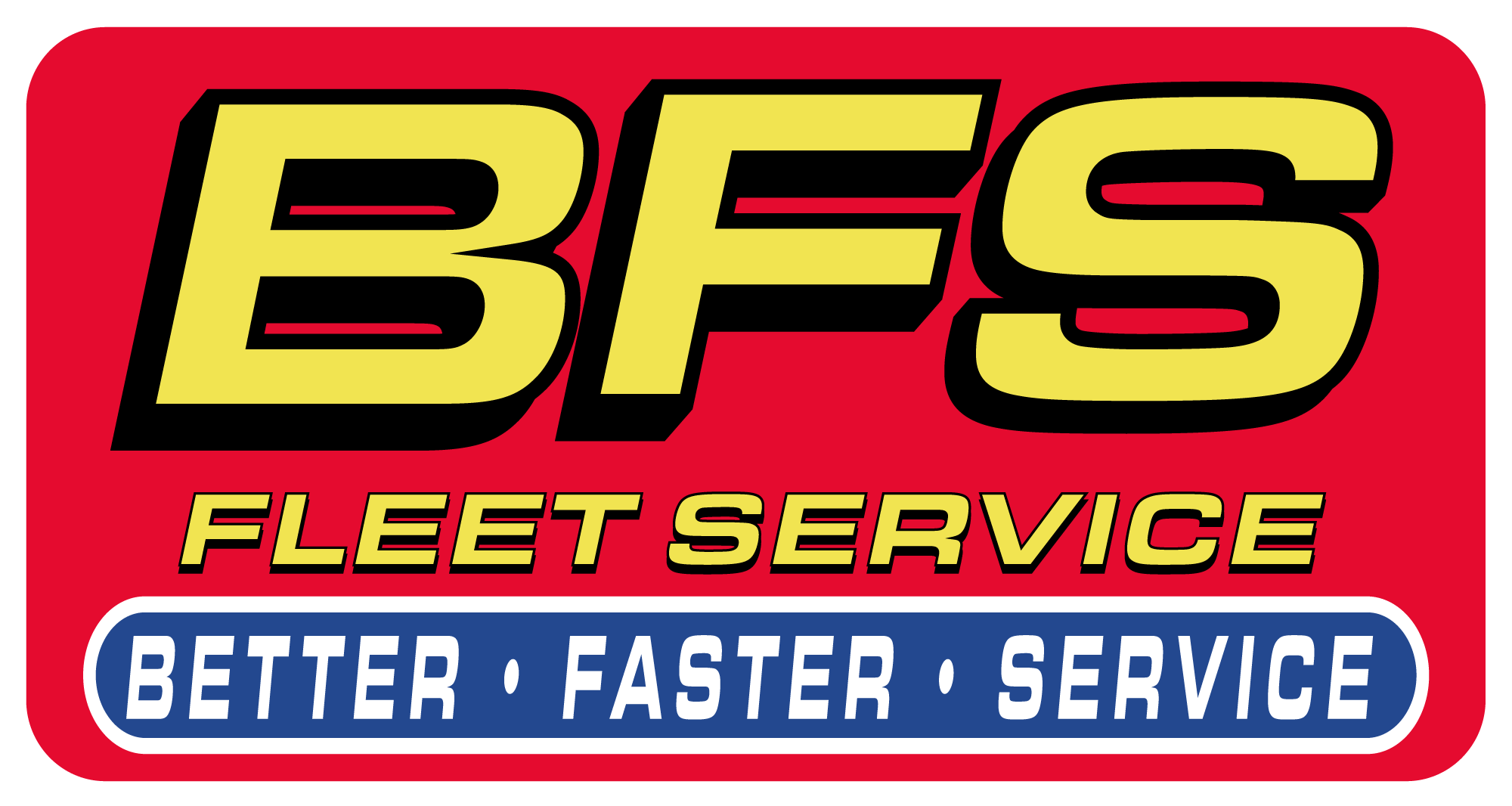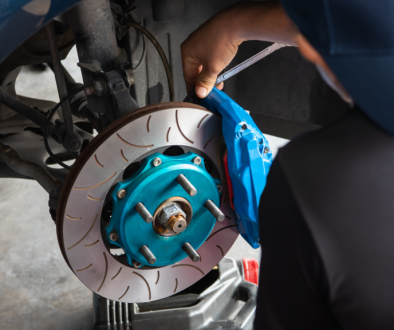Electrical problems in trucks can be frustrating, but they don’t have to throw your whole day off. Trucks depend on complex electrical systems to handle everything from starting the engine to keeping the lights and safety features working properly. When something’s not right—like flickering headlights, a clicking noise when you turn the key, or electronics that suddenly stop working—it’s usually a sign of a small issue that needs attention before it gets worse. Let’s walk through some straightforward steps to diagnose these problems and keep your truck on the road where it belongs.
Why Preventative Maintenance is Essential for Trucks
Let’s face it: if you’re running a truck, whether for personal use or as part of a fleet, keeping it on the road and out of the shop is the name of the game. Preventative maintenance is the key to catching small issues before they turn into expensive problems. A truck that’s well-maintained is safer, more efficient, and a whole lot easier to live with.
Components of a Comprehensive Truck Maintenance Plan
Engine Care
- Oil Changes: Stick to the manufacturer’s recommended intervals to keep oil clean.
- Air Filters: Replace regularly for better performance.
- Fuel System: Check for any clogs or contaminants.
Brake System Maintenance
- Brake Pads and Rotors: Replace before they wear out.
- Brake Fluid: Flush and refill as needed.
- Air Brakes: Inspect compressor and hoses regularly.
Tire Maintenance
- Tread Depth: Replace when worn.
- Tire Pressure: Maintain proper inflation for safety and fuel efficiency.
- Alignment and Balancing: Ensure even wear.
Electrical System Checks
- Battery: Test and clean terminals.
- Lights and Signals: Verify all lights function correctly.
- Wiring: Look for frayed wires or loose connections.
Creating a Maintenance Schedule
Daily Inspections
- Tire pressure and tread
- Lights and signals
- Fluid levels
- Any visible damage or leaks
Weekly Tasks
- Inspect the brakes
- Clean the air filter
- Check emergency equipment
Monthly Maintenance
- Battery check
- Inspect belts and hoses
- Test alternator and starter
Annual Services
- Engine tune-up
- Replace transmission fluid
- Comprehensive brake inspection
Tools Every Truck Owner Should Have
- Tire Pressure Gauge: For accurate pressure checks.
- Multimeter: To test electrical components.
- Oil Filter Wrench: A lifesaver for quick oil changes.
- Diagnostic Scanner: Reads fault codes on modern trucks.
- Torque Wrench: Keeps bolts tightened to spec.
- Flashlight: For those hard-to-see spots.
- Battery Tester: To quickly check battery health.
Practical Tips for Effective Maintenance
- Use Quality Parts: Invest in durable components.
- Keep Records: Log all maintenance tasks.
- Train Drivers: Educate them on basic checks.
- Stay Seasonal: Adjust maintenance for weather conditions.
- Follow Checklists: Ensure no step is missed.
FAQs
- How often should I change my truck’s oil? Follow manufacturer guidelines, typically every 10,000 to 15,000 miles.
- What’s the best way to check tire health? Measure tread depth and monitor pressure.
- How do I know if my brakes need attention? Listen for squealing, grinding, or a soft pedal.
- Why is my truck’s fuel efficiency dropping? Common causes include underinflated tires and dirty air filters.
- Can preventative maintenance really save money? Yes, staying ahead of issues reduces costly repairs and downtime.
Prioritize Maintenance for Long-Term Success
Preventative maintenance isn’t just a chore—it’s an investment in your truck’s future. Stick to a schedule, use quality parts, and consult professionals when necessary. A well-maintained truck is safer, more efficient, and ultimately, more cost-effective.




